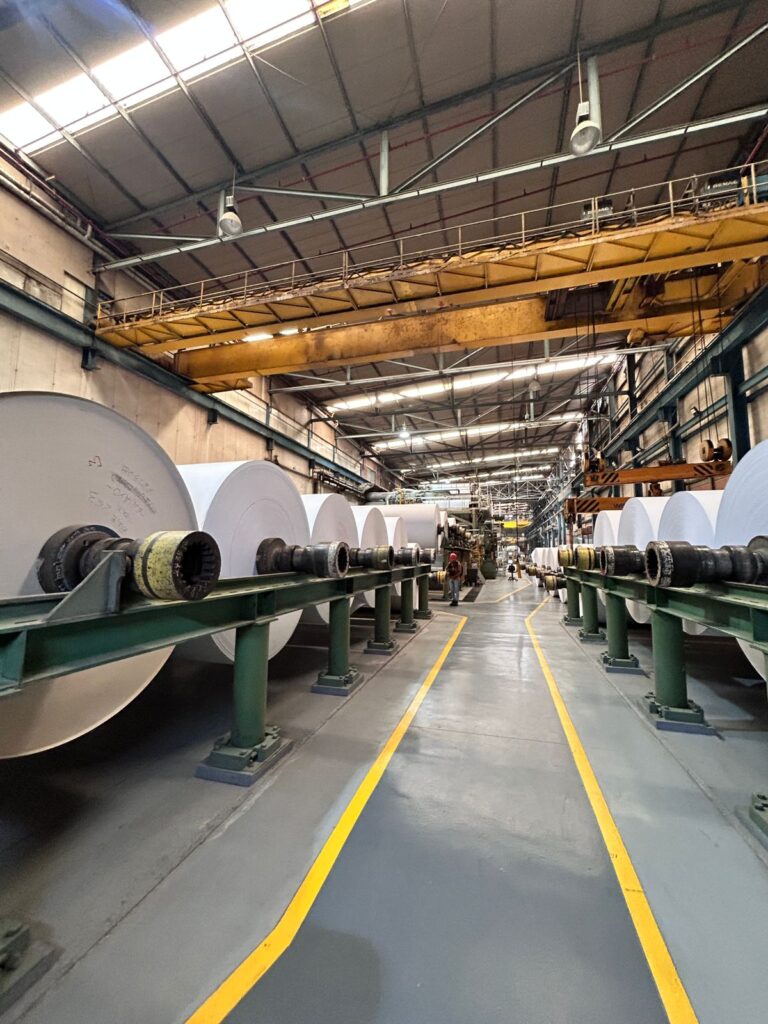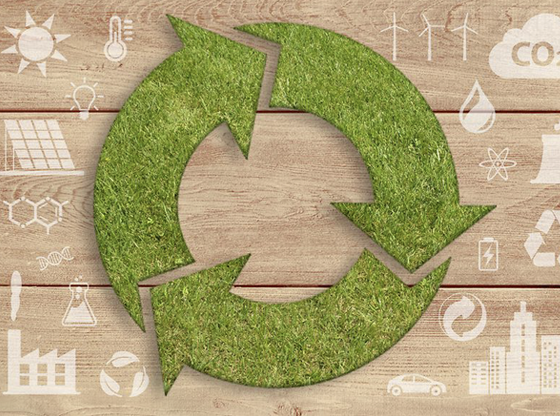- To continue betting on the circular economy, a leading global health and wellness company managed to reuse more than 16 tons of plastic for packaging manufacturing.
This was carried out in several Latin American countries: Colombia, Mexico, Argentina, and Brazil. Learn about the strategy that could be replicated in large industries.
Circular economy: over 16 tons of material reused
This initiative comes from Genomma Lab, a leading company in health and wellness solutions. As part of their commitment to sustainability, which they have been addressing for the past five years, they focused on several pillars.
 Circular economy: Genomma Lab plant in Latin America.
Circular economy: Genomma Lab plant in Latin America.
Among them, the reuse of plastics stands out, considering the impact this material has on environmental pollution.
They used over 16,390 tons of recycled materials in the production of their packaging in Colombia, Mexico, Argentina, and Brazil. This includes the Sustainable Tío Nacho product line.
“They managed to neutralize the CO 2 emissions generated during the production process of their packaging.”
Both the bottles and the caps and boxes of these products are 100% recycled and recyclable, with labels made from 90% recycled material.
Alternative fibers
Furthermore, in collaboration with Propal, a company specialized in pulp and paper production, and Ingeniería Gráfica, a company that manufactures and designs packaging, Genomma Lab utilized alternative fibers.
In this case, as detailed, they come from industrial waste such as sugarcane bagasse and rice husks.
These materials are transformed into high-quality papers and cardboard, reinforcing the circular economy trend. Thus, waste is reduced and the use of by-products from other industries is maximized.
This alternative to traditional cardboard, made from sugarcane bagasse and fibers like rice husks, reduces the use of forest resources. Furthermore, it contributes to water, steam, and energy savings in its production compared to traditional cardboard lines.
“We strongly believe that sustainability is a key driver for generating value for both society and our business,” said Diana Leal, General Manager for the Andean and Central America Region of Genomma Lab.
“Our focus on the circular economy and the use of recycled and renewable materials reinforce our commitment to minimizing environmental impact,” she added.
Genomma Lab’s circular economy model
 Circular economy is gaining more and more importance.
Circular economy is gaining more and more importance.
Following this path, the company committed to achieving significant goals in 10 priority areas, aligned with the United Nations’ Sustainable Development Goals (SDGs). These are structured around three main aspects:
- Developing products with lower environmental impact
- Sustainability in the value chain
- Promoting the well-being of employees and the communities in which it operates
Have you visited our YouTube channel yet? Subscribe!

